A massive brown strip stretching across the Atlantic has scientists deeply concerned. Once nonexistent, this rapidly expanding phenomenon is now visible from space and is starting to affect coastlines around the world.
Others are reading now
A massive brown strip stretching across the Atlantic has scientists deeply concerned. Once nonexistent, this rapidly expanding phenomenon is now visible from space and is starting to affect coastlines around the world.
A Strange Sight Spotted from Space
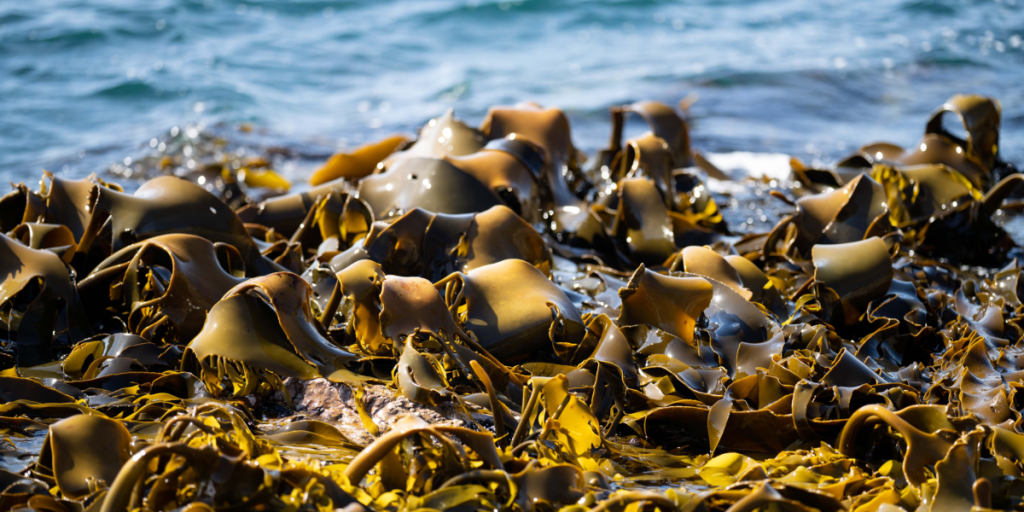
What began as a scattered patch of floating seaweed has transformed into a continuous, continent-length belt of brown algae—stretching nearly 9,000 kilometers across the Atlantic. Satellite images first captured its vast scale last year.
The Birth of a Belt No One Saw Coming
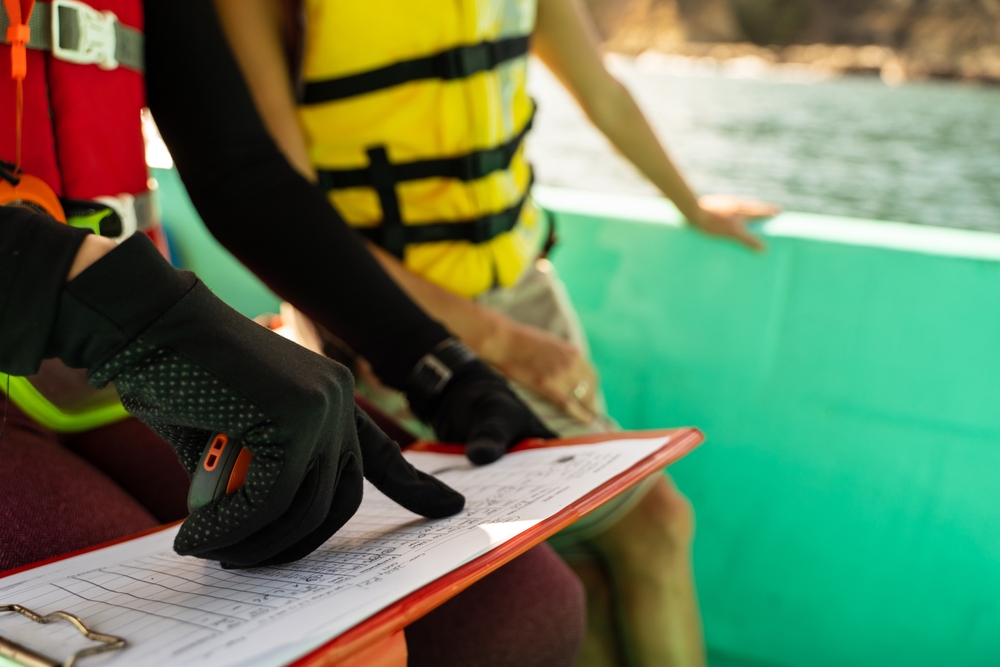
Before 2011, this phenomenon didn’t exist. Since then, the Great Atlantic Sargassum Belt (GASB) has grown year after year, baffling scientists with its speed and scale. In 2025, it broke records, and it’s still expanding.
The Algae That Chokes Coastlines
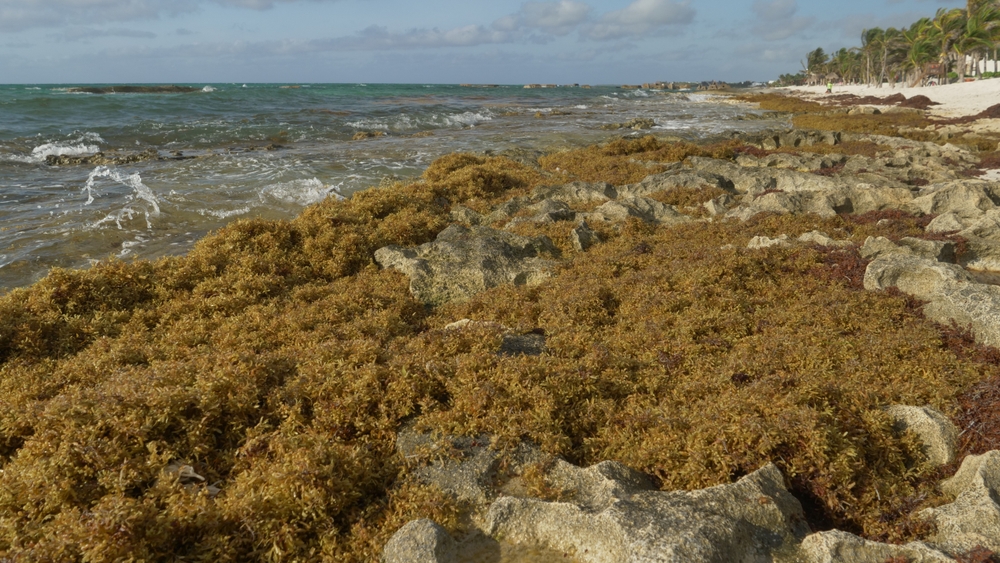
Sargassum, while a natural part of the ocean ecosystem, becomes dangerous in excess. When it piles up on beaches and decays, it releases toxic gases like hydrogen sulfide—posing serious health risks and damaging biodiversity.
Trouble for Beach Communities
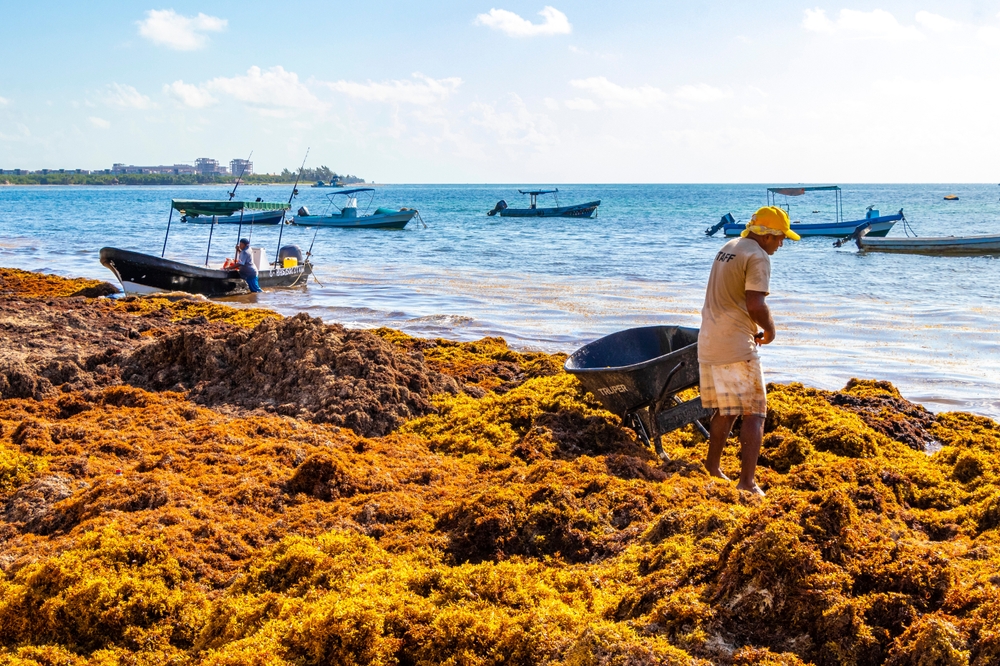
Across the Caribbean, Gulf of Mexico, and West Africa, entire coastlines are being blanketed. The stench drives away tourists, the weight crushes coral reefs, and cleanup costs are skyrocketing for already stretched local governments.
Also read
A Symptom of a Bigger Problem?
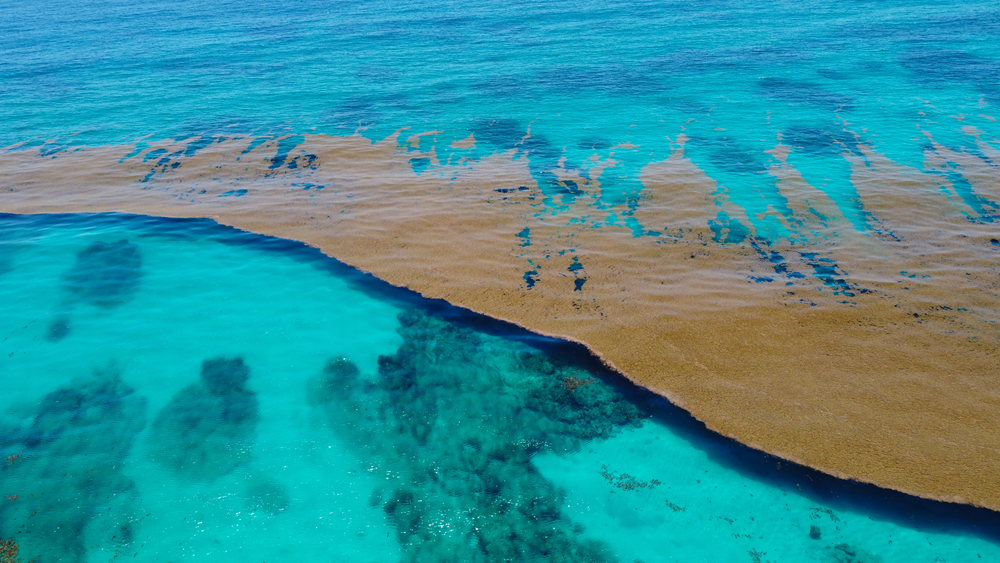
Researchers are connecting the rise of the GASB to climate change, ocean warming, and nutrient pollution. Fertilizer runoff and shifting currents may be fueling a new, unpredictable ecological feedback loop in the Atlantic.
A Surprising Solution from Brazil
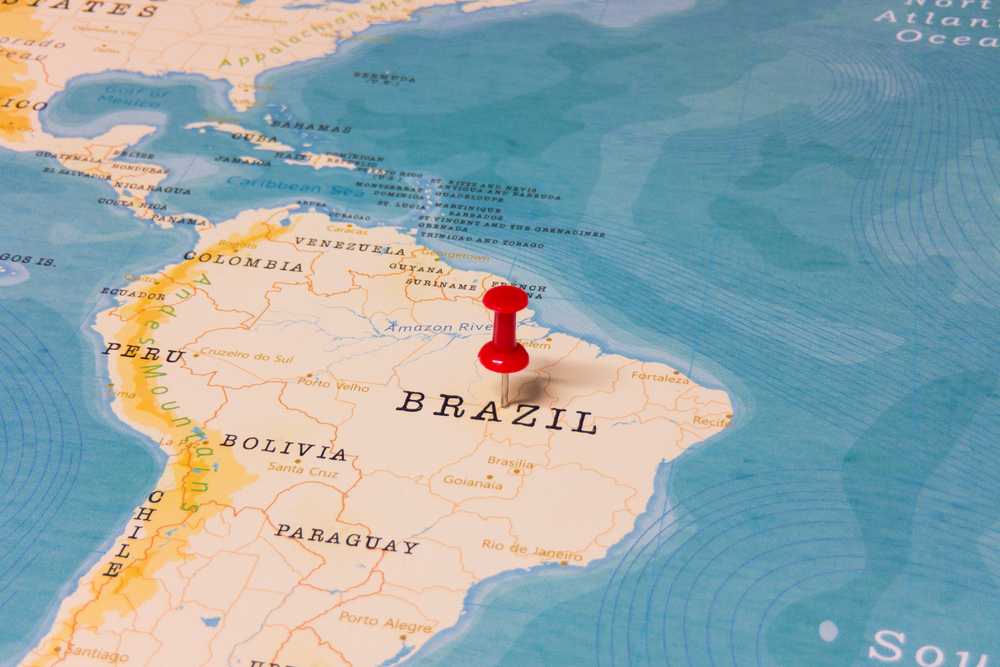
In the face of crisis, innovation is emerging. Scientists in Brazil have started using sargassum to create lightweight, sustainable bricks—offering a glimpse at how waste can become a resource.
From Nuisance to Construction Material
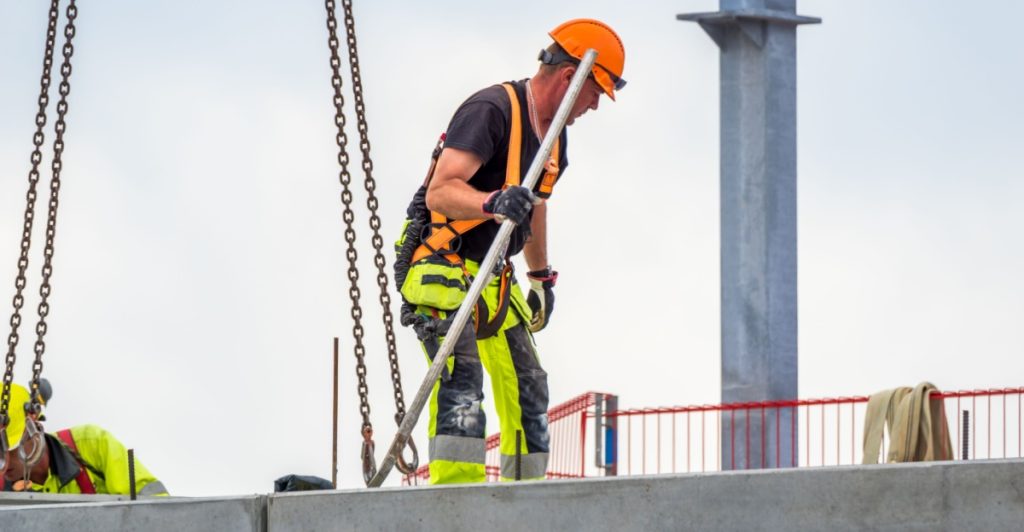
These algae-infused bricks reduce the need for traditional raw materials, lighten concrete structures, and improve insulation. They’re now being used in civil works, gardening, and even for energy-efficient buildings.
Urgency Grows as the Belt Expands
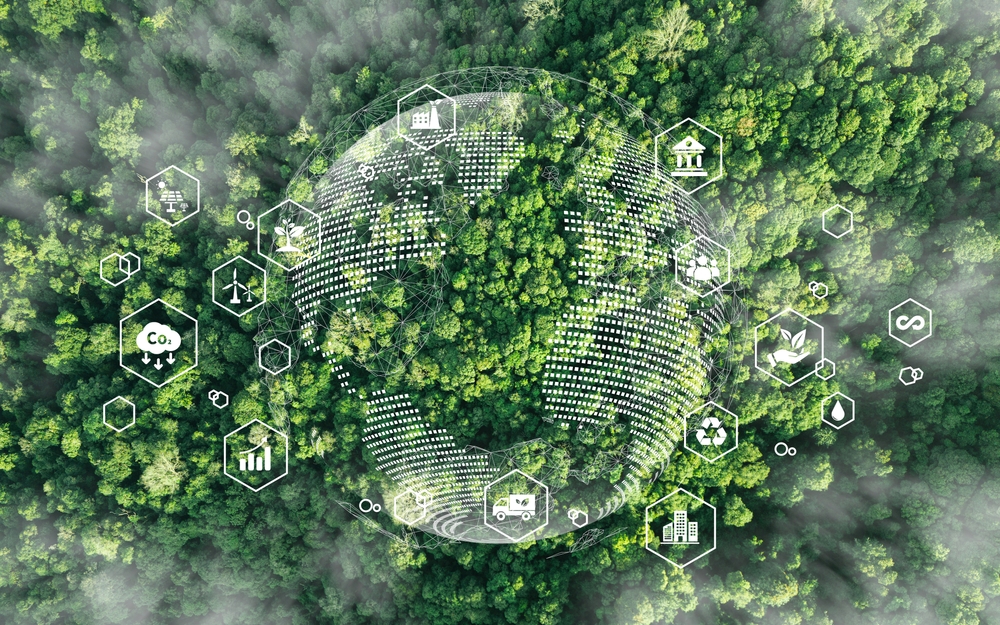
Experts agree: this is no isolated event. The sargassum belt is growing fast, and without coordinated international action, the environmental and economic damage will spread. The time to act is now—before the belt becomes unmanageable.


